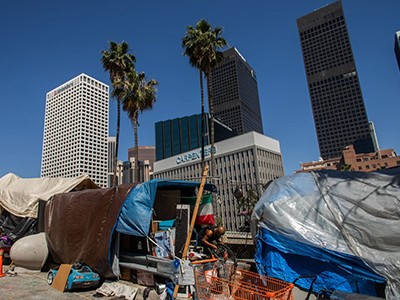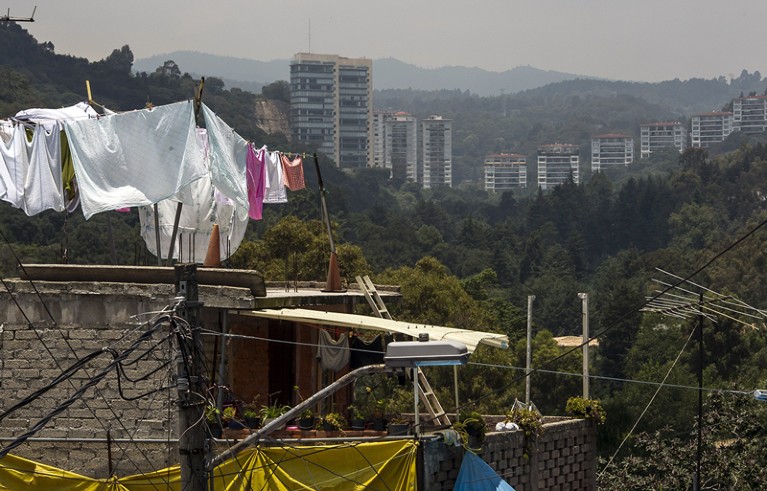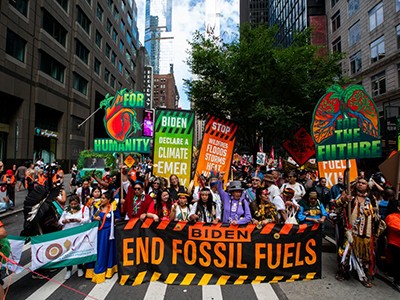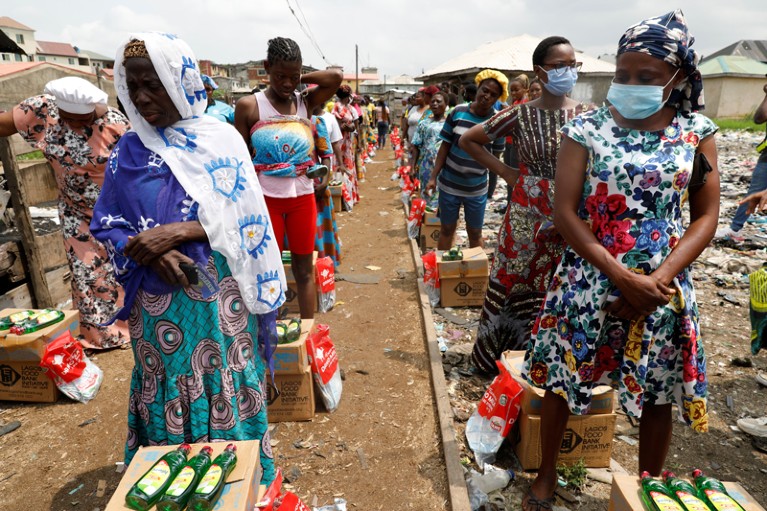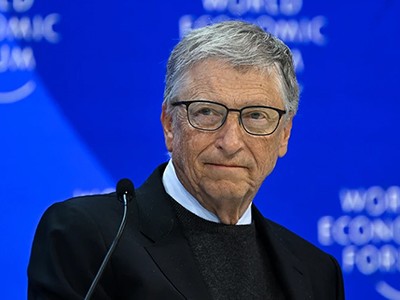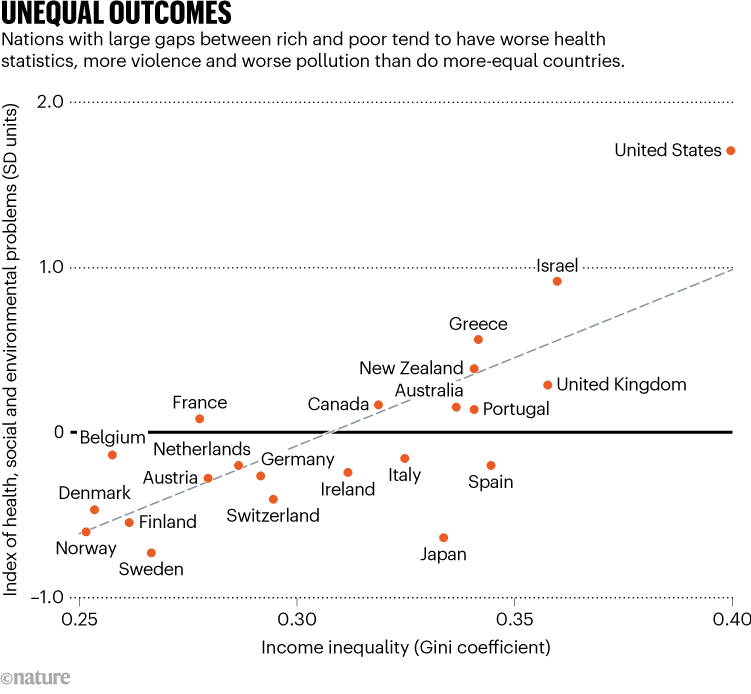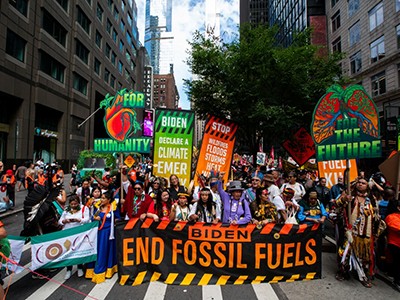[ad_1]
El partido de Rich Eisen es uno de los partidos del Tour Europeo de la NFL y le ha picado el gusanillo de los viajes. Después de cancelar el partido del domingo entre Vikingos de Minnesota y Jets de Nueva YorkRegresará al Tottenham Hotspur Stadium el domingo antes de viajar por separado a Alemania el próximo mes.
“Me encanta. Quiero decir, me encantaría convocar un juego en el que no tenga un desfase horario loco. Pero aparte de eso, me encanta venir aquí. Amo la ciudad, amo a la gente, amo a los fanáticos. Me encanta el ambiente. Realmente, es una bendición estar en los Spurs”. “No puedo esperar hasta el próximo fin de semana”.
hablando con el atletaAisen tiene algo que quiere desahogar.
“He recibido muchas críticas en la parte superior del Medio Oeste, en Minnesota, porque fui azafato de los Jets, pero les diré esto. Cualquiera que me conozca sabe que las oportunidades que tengo al convocar estos juegos son muy importante para mí los aprecio, y lo último que haría es pasar una fracción de segundo convirtiéndome en Homero, sabiendo que eso alienaría a la mitad de los espectadores y eso no es lo que quiero hacer, o lo que alguna vez pensaría. haciendo.
“Por eso se llama retransmisión, ¿verdad? No es una retransmisión estricta, no es una retransmisión en chorro. Todo lo que quería era un partido reñido. Conseguimos uno. Y me gustó mucho el final, fue intenso. Aarón Rodgers Él sostiene la pelota en sus manos y luego termina en manos de la persona que los torturó antes. Esteban Gilmore.
“Si no Sam Darnold Después de vencer a los Jets con un último tiro, había que elegir a Stephon Gilmore como defensor para lograr ese tipo de final irónico para los Jets si no ganaban, y ciertamente parecía que no lo harían cuando tenían marca de 17-0. . Así que estaba muy emocionado de ver un partido cerrado”.

Eisen estaba contento porque fue un partido cerrado entre los Vikings y los Jets (Julian Feeney/Getty Images)
En el Rich Eisen Show la semana pasada, Eisen dijo que los Vikings de Kevin O'Connell eran el verdadero negocio. Después de verlos anotar 5-0 en LondresSe detiene ahí.
“El entrenador es fantástico. Es realmente un buen tipo y sabe tomar el pulso de su equipo, no sólo los latidos simbólicos de su corazón, sino también su mente. Sabe exactamente lo que estos muchachos pueden manejar”.
“Él sabe exactamente cómo, junto con Brian Flores, el coordinador defensivo, hacer que las cosas sean más agotadoras para sus jugadores, quienes tienen un coeficiente intelectual muy alto.
“Los Vikings ganaron ese juego y ahora tienen un descanso.
“Eche un vistazo al resto de esta sección. Negro Es claramente la clase restante, y osos Intentan ponerse de pie. El domingo dieron un gran paso en este sentido y los veremos la próxima semana aquí en Londres. Y luego lo tienes empacadores Quienes también pusieron el pie firme. Es un tramo muy difícil, pero están ahí. “Están arriba 5-0 y parecen ser muy buenos en eso”.
NFL Network transmitirá desde el norte de Londres y Chicago será la sede del juego. jaguares de jacksonville En el estadio del Tottenham Hotspur. Primera victoria de la temporada el fin de semana pasado Indianápolis Ve a Jacksonville con marca de 1-4 cuando viajen a Londres con un récord perdedor nuevamente (tienen marca de 0-8-3 volando).
Eisen siente que es un buen momento para que el equipo sea su hogar lejos de casa.
“Es difícil estar fuera (por tanto tiempo), pero los Jaguars pueden aprovechar eso. Probablemente estén 100 por ciento buscando alejarse de todo después de un inicio de 1-4.
“Y sé que se sienten mejor consigo mismos porque ganaron, pero tenerlos atrincherados aquí, donde se sienten cómodos jugando, están acostumbrados a jugar… tienen una historia de ganar y también de cambiar la temporada, si es necesario. Y parece que es necesario.
Este será el partido número 38 jugado en Londres y el primero en el que competirán dos selecciones número 1 del draft.
mientras Trevor Lorenzo Aterrizó en uno de los peores lugares en la historia de la NFL. (en gran parte debido al fracaso de Urban Meyer), que es donde entró Caleb Williams Una situación diferente y más feliz.
“Caleb tiene suerte de haber sido seleccionado primero en la general por un equipo que estaba usando su selección allí porque el peor equipo de la liga se lo cambió. Entonces Caleb no se unió al peor equipo en NFL. Llegó a un equipo que estaba un poco más preparado para él. Veremos cómo lucen contra Jacksonville. Como señalamos, esta NFC Norte parece ser el extremo más profundo del grupo de la NFL este año.
Por segundo año consecutivo, los Jags estarán en Inglaterra nueve noches. Está previsto que aterricen el viernes, aunque el huracán Milton retrasó su salida. Los Jags se marcharán inmediatamente después del partido en Wembley con Patriotas de Nueva Inglaterra El 20 de octubre.
“Es una enorme ventaja competitiva para ellos sobre Nueva Inglaterra”, dice Eisen. “Y los Patriots tendrán que lidiar con un equipo que ya está acostumbrado a la zona horaria, pero eso es algo que cualquier equipo puede superar. No creo que vaya a ser decisivo”.

Eisen hablando en el evento de 2024 (Olivia Wong/Getty Images)
Desde que Wembley albergó su primer partido competitivo de la temporada regular fuera de Norteamérica en 2007, se han jugado 46 partidos en Londres, Ciudad de México, Munich, Frankfurt y São Paulo. Los rumores sobre una franquicia en Londres se han calmado, pero Eisen ve un futuro continental para la NFL.
“Creo que así será, no sé si una franquicia de la NFL puede tener éxito o ser viable en el extranjero, debido a muchos factores diferentes.
“La NFL estaría dispuesta a poseer un paquete internacional de juegos que luego podría armarse y venderse a otro postor por una cantidad significativa de dinero, y ya estamos viendo que se están armando.
“A la gente en los Estados Unidos le encanta esa cuarta ventana para el fútbol. En los Estados Unidos, es la 1 p. m. ET, las 4 p. m. ET, las 8:20 p. m. ET. Un domingo, si agrega las 9 p. m., hora de inicio del Este: 30 a. m. – que es temprano para la costa oeste, 6:30 a. m., pero a la gente le gusta esa cuarta ventana para el fútbol americano, y si se hiciera con regularidad, no se escucharía mucha oposición de los fanáticos de la NFL.
El mes que viene, Eisen regresa a Alemania. Después de los dos partidos del año pasado en Frankfurt, el Allianz Arena de Múnich acogerá su segundo partido. “Fue una vista increíble, simplemente increíble. Así que espero volver a salir allí. panteras Un poco mejor cuando los veo. y Gigantes “La humanidad tuvo que dar un gran salto para mejorar un poco el fútbol de Múnich”, afirma Eisen.
La próxima temporada, la NFL accederá a una nueva zona con capacidad para 85.000 asientos Renovación del Santiago Bernabéu Alojando el primer partido de la NFL en España. Aizen está emocionado por ello.
“Oh, me encantaría hacer eso”, dice. “Pero repito, no sé cuáles son los planes de la NFL: poner eso en NFL Network, o que le van a hacer al Madrid lo que le hicieron a Brasil, que es que este sea el primer partido internacional desde entonces. el inicio de la temporada. “La puerta es el viernes después del jueves, no sé si será una nueva posición.
“En algún momento, me imagino que habrá partidos consecutivos, semana tras semana, jugados en la primera ventana de tiempo en los EE. UU., en un lugar extranjero en Europa, muy probablemente. Sería un momento ideal del día allí. para enviarlo de regreso a los EE. UU. como el primer juego en Hoy es domingo.
“Madrid sería parte de ese mundo. Luego Roma, París y otros lugares de Europa. Dublín sería increíble. Me apuntaría a eso en un abrir y cerrar de ojos, ya que ya lo hemos visto”. Los partidos de fútbol universitario van bien allí. Seguiré mi camino con eso. Escandinavia… ¡Vamos!
(Imagen superior: Arturo Holmes/Getty Images)
[ad_2]
Source Article Link







